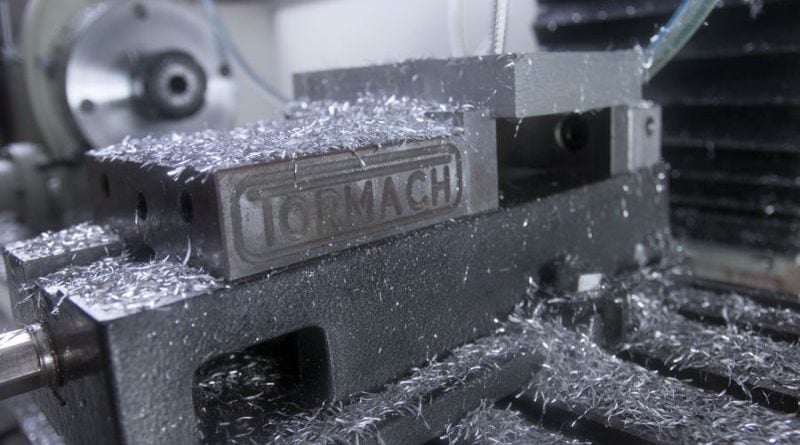Fixturing is arguably one of the most complex and challenging (yet fun) parts of machining. Having the proper workholding and fixturing can make or break a production run, but in some cases, it can even break your part.
Whether you're using fixture plates or you've started using custom-made soft jaws, there are a lot of nuances to design in creating the best way to hold a given part. To be honest, there’s rarely one correct answer, but there are some best practices. Here are six need-to-knows when you approach fixturing.

1) Don’t Make Complicated Workholding
Overbuilding your fixture can lead to disaster. There’s an old adage that goes something like, the more parts you have, the more that can go wrong. This is absolutely true for your workholding.
Many times part design (or redesign) can affect how complicated a fixture must be. If at all possible, consider adjusting your design to help with manufacturing. Make considerations for tabs or clamps or anything else that may make your part easier to hold down - you might be surprised how much it improves the overall design too
To this end, also consider how many parts you’re making and the time you need to sink into fixturing. Building a big, fancy fixture out of hardened steel to hold two runs of one part isn’t economical.
2) Don’t Skimp on Workholding
While you have to be cautious of making your fixturing too high-end, there’s also a challenge with going the other direction. If you’re making 1000 parts, building a sub-par fixture with aluminum clamping surfaces is a bad idea.
Always consider how your fixture needs to be used. If you have tons of production parts and/or high-precision runs to do, fancier fixtures are justified. If you’re looking to just get a part made - quick and dirty prototypes, etc. - then a fixture that gets the job done as cheaply and quickly as possible is good enough.
3) Reference Important Surfaces (But Not too Many)
To make your fixturing work go further, you want to leave some wiggle room for varying parts. The value of using a fixture is that you can reuse it over and over without having to re-reference things. Have your fixture conform to your parts, not the other way around
So, you want to make sure you reference important surfaces, but don’t do too many. Referencing too many surfaces locks you in.
For instance, if we wanted to hold this top hat.
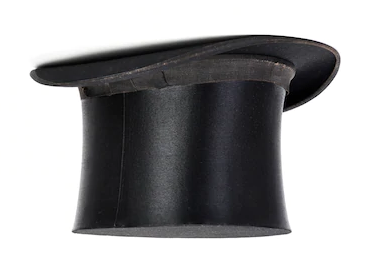
If we reference both of the surfaces and run one hat, we are limited. At that point, if we wanted to run a hat that is taller, our second surface (datum) will be messed up.
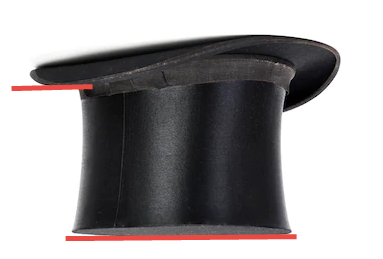
If we reference both surfaces, that makes the dimension critical and locks us in.

If we reference only one of the two surfaces, then the hat height can vary.
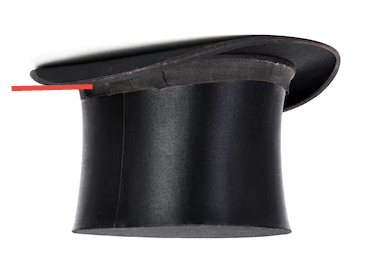
If your critical dimension is the wall thickness of the top of the hat then reference here.
And parts will always vary.
You want to allow for that in as many ways as possible, making your fixture versatile and more usable.
4) Understand Clamping Forces and Warpage
Everything you do to your part (or in this case, your potential part) has some sort of effect. Whether it’s marring or warping or chatter, everything has the potential to change the way your raw material acts.
It might feel like common sense to clamp things down as tight as possible. Even use an impact driver to get that vise good and tight.
Don’t!
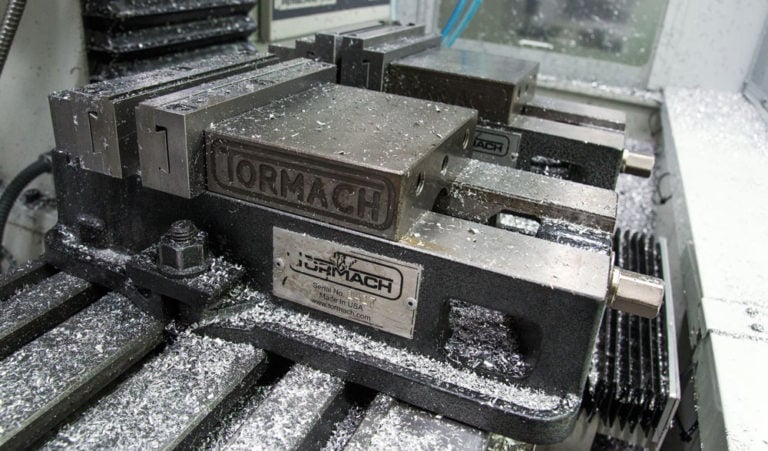
Clamping down too hard on your part can not only change the way your part comes out when released from the fixture , through warpage, but it can also do some serious damage to your expensive vises and clamps.
In fact, a number of things can change the way different materials act and react. Read up and experiment with different cutting practices, coolant usages, and feeds and speeds to understand exactly how it can affect your part.
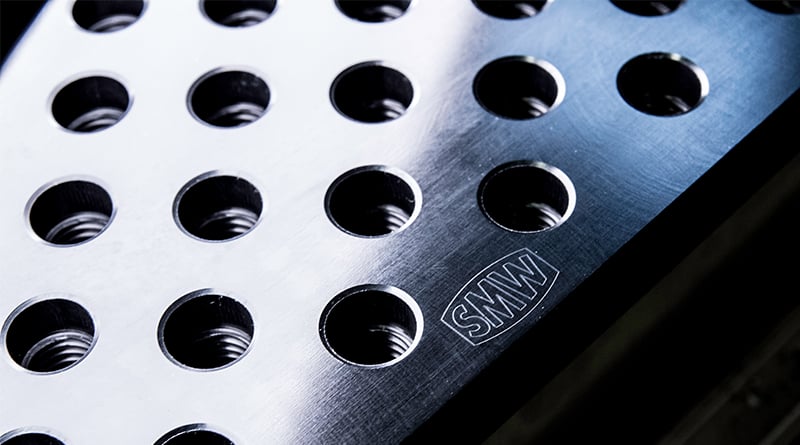
5) Fixture Plates, Sub Plates, and Pallets
This is what makes fixturing fun! That may sound weird, unless you’ve done it before… then you understand.
Streamlining your processes and developing fixturing systems can make things incredibly efficient. If you have parts that you make often, or even similar parts (they don’t have to be exactly the same), developing a pallet system with fixture plates is oddly satisfying.
Once your system is set up, your indicating process becomes lightning fast. That’s because with the fixture in a dedicated spot every time you use it, there’s less to calculate - everything is in the same place it was last time!
6) Tolerance Stacking Is a Slippery Slope
Let’s be honest, we’re cutting parts with CNC because we want them to be accurate, within a reasonable tolerance. That means that you need to measure, calculate, and measure again anytime you put a part on your machine.
But, if your fixture isn’t precise… nothing will be accurate! Tolerance stacking is the compounding of multiple tolerances. Your machine, your tools, your part, your fixture, etc. all affect the final tolerance of your part. If you make sure your fixture is far more accurate than your part, it becomes one less thing to overly worry about in the tolerance stack.
Once you have a fixture honed it, you can rely on it being accurate, which simplifies the workholding process.
There are a lot of things to consider when putting together fixturing. Like I said at the beginning, it’s one of the most complex parts of machining, but it’s also oddly satisfying. There is a lot more to consider when making your fixturing, but these are some of the important staples to consider.
